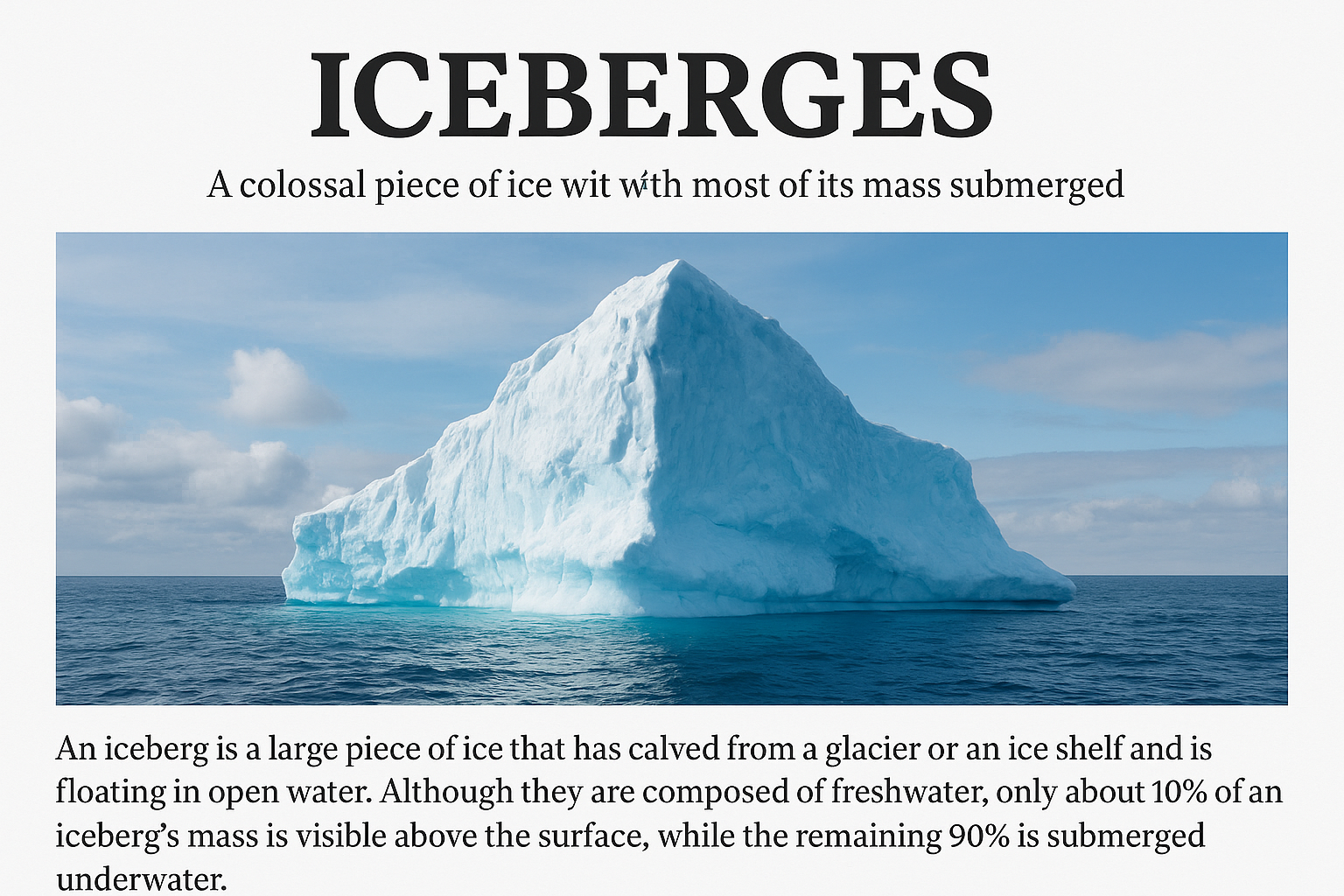Contents
IS 10500 – Drinking Water Specification: Ensuring Safe Water for All
Safe drinking water is a fundamental human need and a cornerstone of public health. In India, the Bureau of Indian Standards (BIS) has laid down strict specifications under IS 10500 to ensure that water supplied for human consumption is free from harmful contaminants. These standards act as a benchmark for water treatment authorities, urban and rural supply systems, and quality monitoring bodies.
The standard was first introduced in 1983, revised in 1991, and further updated in 2012 to align with international guidelines such as those of the World Health Organization (WHO), the United States Environmental Protection Agency (USEPA), and the European Union (EU) directives.
Key Objectives of IS 10500
- Protect Public Health – Ensure water is free from harmful pathogens, toxic chemicals, and excessive minerals.
- Monitor and Improve Water Supply Systems – Provide a framework for regular testing and surveillance.
- Support Policy & Planning – Assist national water programs, such as rural drinking water supply schemes, in meeting safe water targets.
Categories of Water Quality Parameters
IS 10500 divides drinking water quality requirements into several categories:
1. Organoleptic & Physical Parameters
These affect taste, odor, and appearance of water.
- pH Value: 6.5 – 8.5 (no relaxation allowed)
- Turbidity: ≤ 1 NTU (acceptable), max 5 NTU in absence of alternatives
- Total Dissolved Solids (TDS): ≤ 500 mg/L (acceptable), max 2000 mg/L
- Colour: ≤ 5 Hazen units (acceptable), up to 15 allowed if no toxic substances present.
2. Chemical Parameters
These include substances that are undesirable in excessive amounts.
- Chloride: ≤ 250 mg/L (acceptable), max 1000 mg/L
- Iron + Manganese: ≤ 0.3 mg/L combined
- Fluoride: ≤ 1.0 mg/L (acceptable), max 1.5 mg/L – higher levels may cause dental or skeletal fluorosis
- Nitrate: ≤ 45 mg/L (beyond this, risk of “blue baby syndrome” in infants)
- Total Hardness: ≤ 200 mg/L (acceptable), max 600 mg/L.
3. Toxic Substances
Highly dangerous even in small concentrations.
- Lead: ≤ 0.01 mg/L (causes neurological damage)
- Arsenic: ≤ 0.01 mg/L (long-term exposure leads to cancer & skin lesions)
- Mercury: ≤ 0.001 mg/L (toxic to kidneys and nervous system)
- Cadmium: ≤ 0.003 mg/L (linked with kidney damage and bone diseases)
- Pesticides: Strict limits ranging from 0.03 µg/L (Aldrin/Dieldrin) to 190 µg/L (Malathion).
4. Microbiological Parameters
These ensure water is free from harmful microorganisms.
- E. coli & Coliform Bacteria: Must be absent in all 100 ml samples
- Viruses: Should not be detectable; advanced methods like PCR testing recommended
- Protozoa (Cryptosporidium, Giardia): Must be absent in tested samples
- General Biological Organisms: Water must be free from algae, parasites, and toxin-producing microbes.
5. Radioactive Substances
Safe limits are prescribed to protect against radiation risks:
- Alpha emitters: ≤ 0.1 Bq/L
- Beta emitters: ≤ 1.0 Bq/L.
Implementation & Monitoring
- Routine Testing: Authorities must carry out regular sampling at source, treatment plants, and consumer points.
- Water Safety Approach: A preventive risk-based method is encouraged, identifying possible hazards before contamination occurs.
- Community Participation: Public awareness and involvement are crucial to ensure that households demand and maintain safe water practices.
Evolution of Standards: 1991 vs 2012
- 1991 Standard (IS 10500:1991) categorized parameters as essential and desirable, allowing some relaxation due to limited testing facilities.
- 2012 Standard (IS 10500:2012) introduced advanced testing for viruses, protozoa, pesticides, and toxic metals, with stricter alignment to international norms.
Why IS 10500 Matters Today
India continues to face water quality challenges, with millions of people affected by excess iron, fluoride, salinity, arsenic, and microbial contamination. By adhering to IS 10500, water suppliers and health agencies can:
- Prevent major waterborne diseases such as diarrhea, hepatitis, and typhoid.
- Protect children and vulnerable groups from long-term toxic exposure.
- Ensure public trust in safe and sustainable drinking water supply.
The IS 10500 Drinking Water Specifications form the backbone of India’s water safety framework. From physical appearance to toxic heavy metals, microbial safety, and even radiation levels, these standards ensure that every drop of water reaching citizens is fit for consumption.
RLS HUMAN CARE, spreading awareness about these standards. Communities, local bodies, and industries must recognize that safe water is not a luxury—it is a right and necessity for life.





